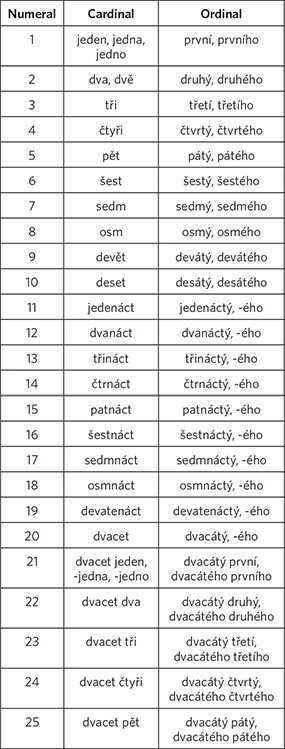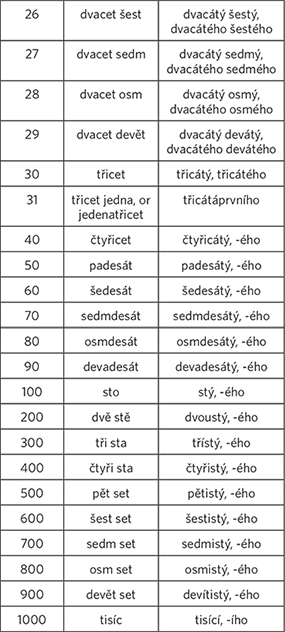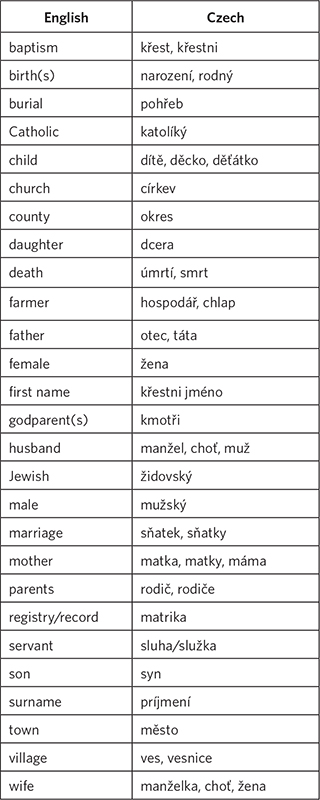
Czech is a Western Slavic language, related to Slovak, Polish, and Russian. Czech was not recognized as an official language until 1877 in Bohemia and 1905 in Moravia. It was seldom used as a written language until the late 1800s. Except for modern records of the 1900s, records in the Czech Republic were written mostly in Latin and German. You may come across other languages such as Old Church Slavonic, Polish, Hebrew, and Yiddish in certain Czech records. Most of the people in the Czech Republic speak the Czech language.
Special thanks to Jan Ebert for providing information in this section.
The Czech alphabet uses several letters in addition to the twenty-six letters used in the English alphabet: á, č, ď, é, ě, í, ň, ó, ř, š, ť, ú, ů, ý, ž. The letter combination ch is also considered a single letter and is alphabetized after h. Letters q, w, and x are used only in words of foreign origin. The Czech alphabet is listed below in the alphabetical order in which it would appear in Czech dictionaries and indexes.

Czech language is highly inflective. Words may have different endings depending on usage. For example, Josef, syn Antonína Ryby a Anny roz. Novákové translates to “Josef, son of Antonín Ryba and Anna Novaková.” Likewise, Manželství mezi Michalem Dostalíkem a Anežkou Marii Seidlerovou refers to a marriage between Michal Dostalík and Anežka Marie Seidlerová. For additional help with Czech grammar, see the Czech Word List at <www.familysearch.org/learn/wiki/en/Czech_Republic_Genealogical_Word_List>.
With its many additional letters and sounds, the Czech language can be intimidating to pronounce. Below are each of the letters of the Czech language, its equivalent English sound, and an example of the sound as used in an English word.

Due to changing writing and spelling conventions, Czech words appearing in older documents may be spelled differently than they are in modern Czech. Use this table to help decipher old Czech manuscripts and records.

While it might help you in conducting Czech ancestor research, being fluent in Czech is certainly not necessary. Here are some terms you’re likely to encounter.
Months typically have two forms in Czech: the nominative (or standard) form and the genitive form that is used in dates. Czech dates are always given in day-month-year order. Months are often abbreviated using a Roman numeral. For example, 25 February 1848 could be written as 25. února 1848; 25. 2. 1848; or 25. II. 1848.
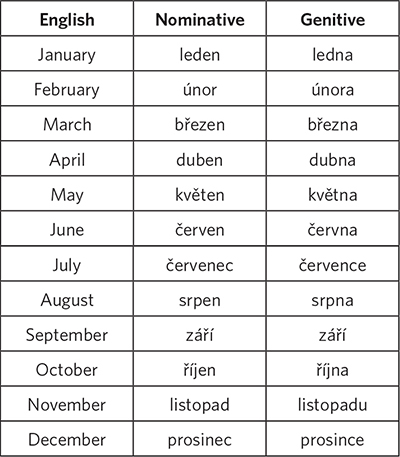
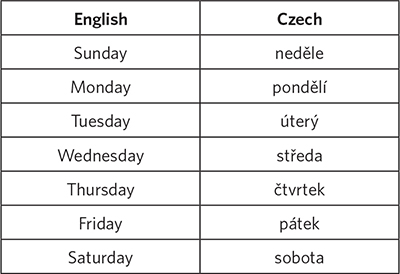
In some genealogical records, numbers are spelled out. This is especially true with dates. The following list gives the cardinal (1, 2, 3) and the ordinal (first, second, third) versions of each number. In actual usage, days of the month are written in ordinal form with a genitive grammatical ending. In the following list, the ordinal number in its standard form is given first, followed by the genitive form: pátý—the fifth, pátého—on the fifth (of the month).
